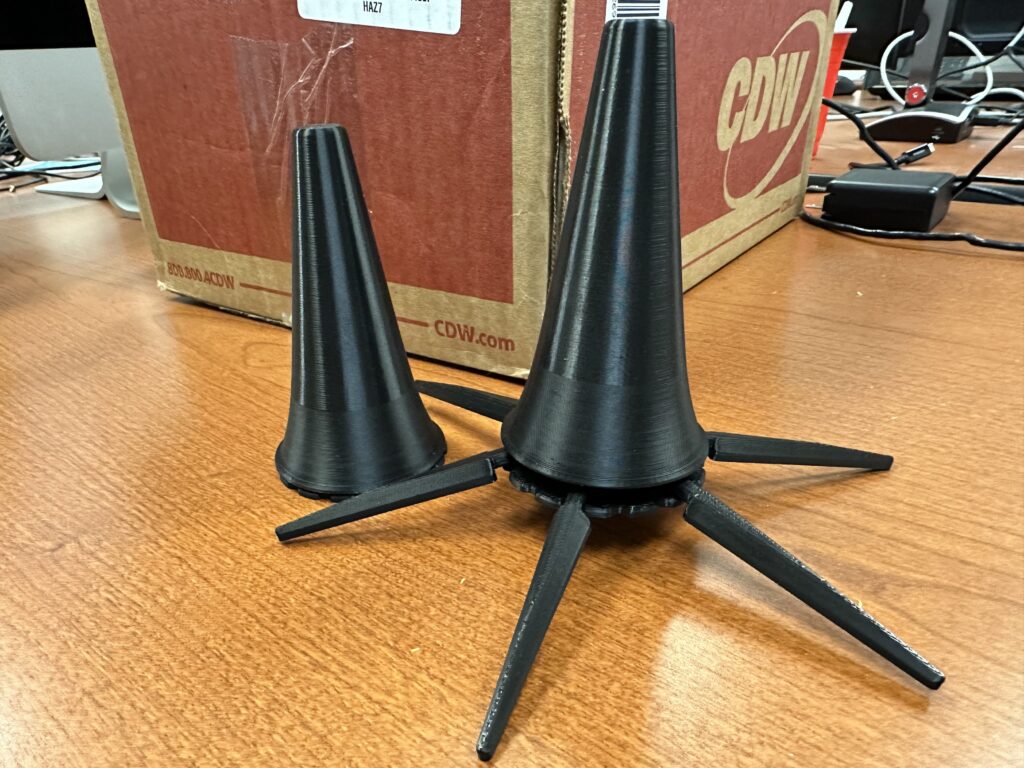Jim Snidero’s new site: jazzimprovisation.com: Jim Snidero’s new site, jazzimprovisation.com,...
Jazz
Came across this. There are several streaming radio stations...
It’s hard to remember that the Grammy Awards actually...
One of the most appreciated clarinettists in the world...
This solo is based on a Blues (in “D”), a basic...
I’m trying out a few mouthpieces – a Vandoren...
I finally got around to tweaking my huge collection...
pattern_sound writes “So, im looking into getting a new...
Ken Mills writes “The Vandoren 5JB clarinet mouthpiece, with...

